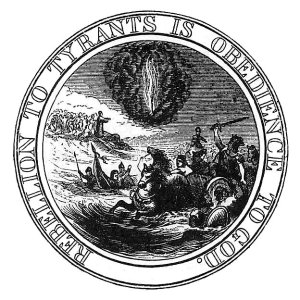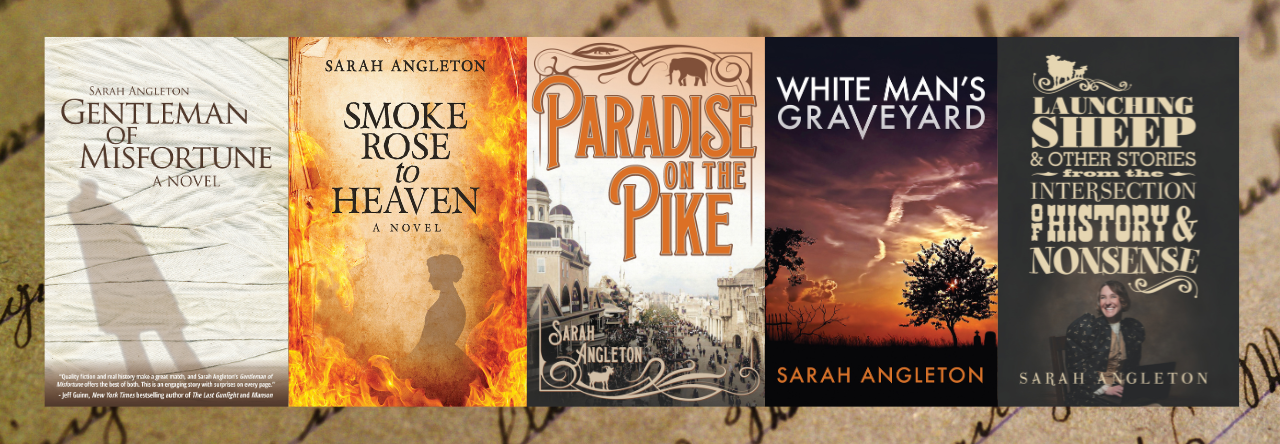In October of 1951, the beloved sit com I love Lucy aired for the first time and, according to the most extensive research I could accomplish in five minutes, became the first television show to air as reruns. Now nearly seventy years later, you can still probably catch them from time to time. And that’s good, because even a little dated, they’re still pretty funny.
So to show my appreciation for the innovative thinking of Lucille Ball and Desi Arnaz, and maybe also a little because it’s still November and I am not yet finished with my 50,000 word NaNoWriMo goal, I am going to participate in the noble tradition of the rerun.
Originally posted on November 20, 2013, this is my favorite practical history post about Thanksgiving. A fair number of readers have discovered this little corner of the blogosphere over the last four years, so for many of you this will be brand new old material. And those who have read and possibly vaguely remember it, will hopefully still enjoy a chuckle or two. Just no spoilers!
A Shocking Turkey Recipe
The holiday season is nearly upon us, beginning here in the US with Thanksgiving next week. And if, like us, you’re hosting family for the big day that means it’s time to make plans for your turkey. We tend to prefer the Alton Brown brine method at our house, but I bet a fair few hosts are thinking of getting up at the crack of dawn to continually check and baste their birds until they are roasted to golden brown perfection. Other more adventurous sorts may be considering rigging up a deep fryer and spending the holiday at the hospital being treated for third degree burns.

But history suggests there may be an even better (and possibly more dangerous) way.
In 1750, before he famously tied a key to a kite string and invented the lightning rod, Benjamin Franklin hosted a Christmas dinner party. Interested as he was with exploring the properties of electricity, Franklin decided to educate and entertain as well as feed his guests. His theory was that by electrocuting his roasting turkey, he could produce a more tender meat.
And he wasn’t wrong. In fact, his discovery is still important to the meat industry today, but it did come at a the expense of some personal pain and humiliation. As he was setting up an electrical jack he had designed specifically to meet all of his poultry electrocution needs, the plucky inventor received a pretty good shock himself. The gathering of witnesses to the experiment-gone-wrong reported a flash of light and a loud crack.
Whereas I would have tried to pretend the incident never happened and certainly would never mention it again (Okay that’s not true. I’d totally blog about it), Franklin wrote about the failure to his brother just two days later. In the letter he describes in detail how the event made him feel, which was more or less bad. Numb in his arms and on the back of his neck until the next morning and still achy a couple days later, Franklin seems to have decided that electricity, though hilarious, is not necessarily something to trifle with (chalk up one more important discovery for Franklin). He makes no mention as to whether or not he felt tenderized by the experience.

Now I can hear the objections already: “But, Sarah, that can’t be right. Benjamin Franklin was a friend to the turkey. He had great respect for it and even fought for its adoption as the symbol of the United States of America.” I hear you, Dear Reader. And I understand your concern. I, like many of you, was an American school child so I am familiar with that story. If you don’t wish to have your image of Benjamin Franklin as the great turkey advocate shattered, then feel free to stop reading at this point and assume that I’m just full of it.
But for those of you who want to know what’s what, I’m going to share the real story with you. Even though Benjamin Franklin was a part of the original committee charged with choosing a design for the Great Seal of the United States, he recommended a rattlesnake to represent the young nation. Not once did he suggest a turkey.

The idea that he did comes from an unrelated letter to his daughter written some years later when he was serving as an American envoy in Paris. To give some perspective, this was two years after the official adoption of the Great Seal, and six years after Franklin had served on the committee, again, making no mention of the turkey. He wrote the letter in response to his daughter’s question as to his opinion of the newly forming Society of the Cincinnati, a fraternity of officers of the Continental Army.
The society, founded in May of 1783, adopted for its symbol a bald eagle, claimed by some to look somewhat more like a turkey. Though Franklin didn’t oppose the society and eventually accepted an honorary membership in it, what he did not approve was the desire of some to make membership hereditary. This, he claimed, established an “order of hereditary knights,” which contradicted the ideals set forward by the newly formed republic.
But to openly mock or question the intentions of the brave men whose leadership had won the United States its freedom was simply not Benjamin Franklin’s style. Instead he focused on the turkey-eagle:
I am…not displeased that the figure is not known as a bald eagle, but looks more like a turkey. For in truth, the turkey is in comparison a much more respectable bird…He is besides, though a little vain and silly, a Bird of Courage, and would not hesitate to attack a Grenadier of the British Guards who should presume to invade his Farm Yard with a red coat on.

I have to assume that despite his reference to the farmyard, Franklin would not wish the symbol of our nation or its high ranking officers to be the comically large-breasted domesticated flightless bird that graces our Thanksgiving tables. Perhaps he meant to suggest wild turkey, which is a full flavored, barrel-aged, American original that tends to give one courage. Or perhaps he meant the wild turkey, which hunters suggest is a slippery foe, difficult to sneak up on and evidently tricky to electrocute.
Whatever his true intentions, I think it is clear that though Benjamin Franklin was certainly a great American who helped to shape the United States and provide all of its half-blind citizens with bifocals, he could also, at times, be a bit of a turkey.
I hope you enjoyed this encore performance! Since next Thursday is Thanksgiving here in the US, I will be engaging in another grand tradition borrowed from the television industry and preempting my blog post for the Macy’s Thanksgiving Day Parade. See you just in time for the December sweeps! That’s a thing, right?
